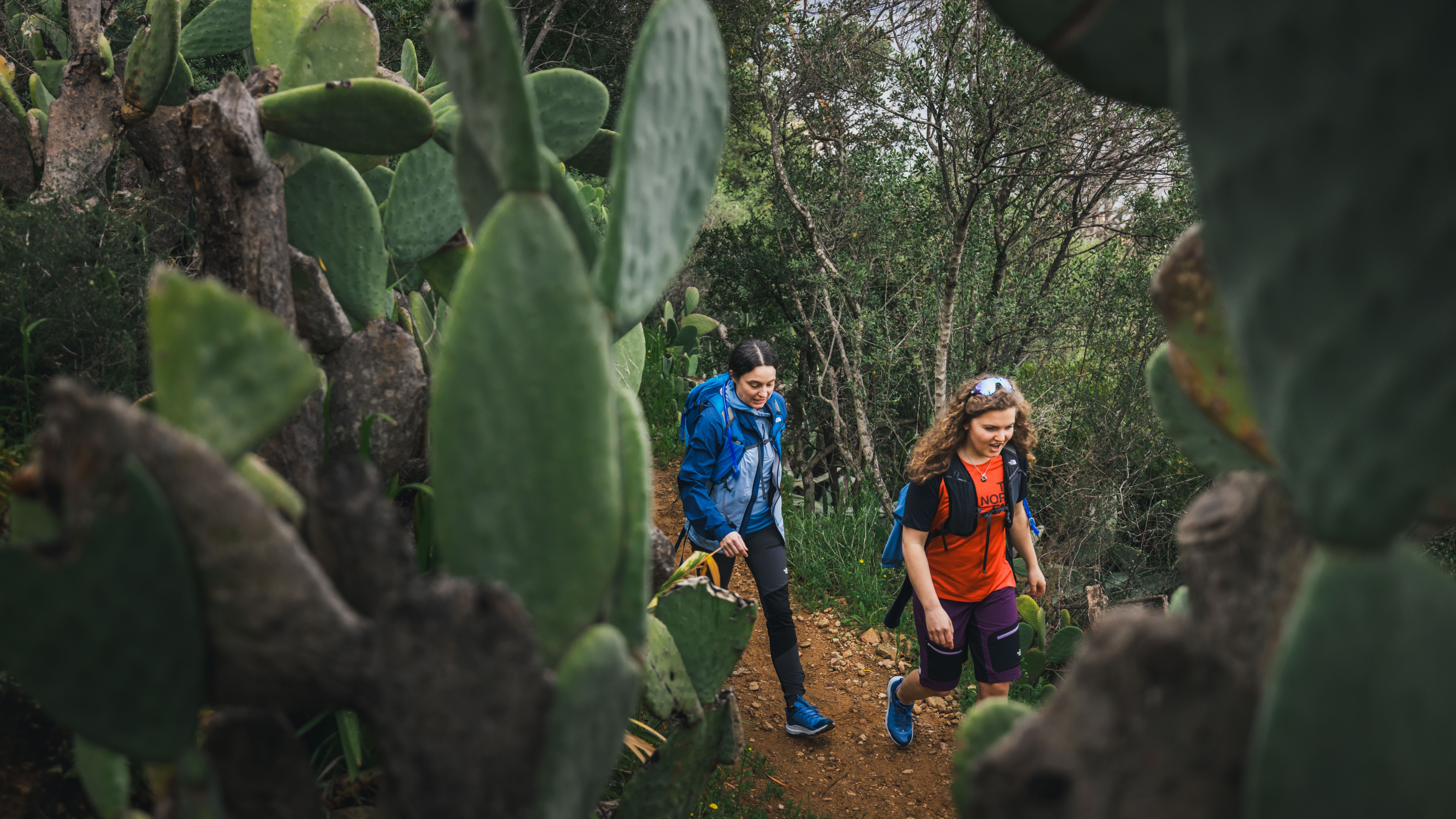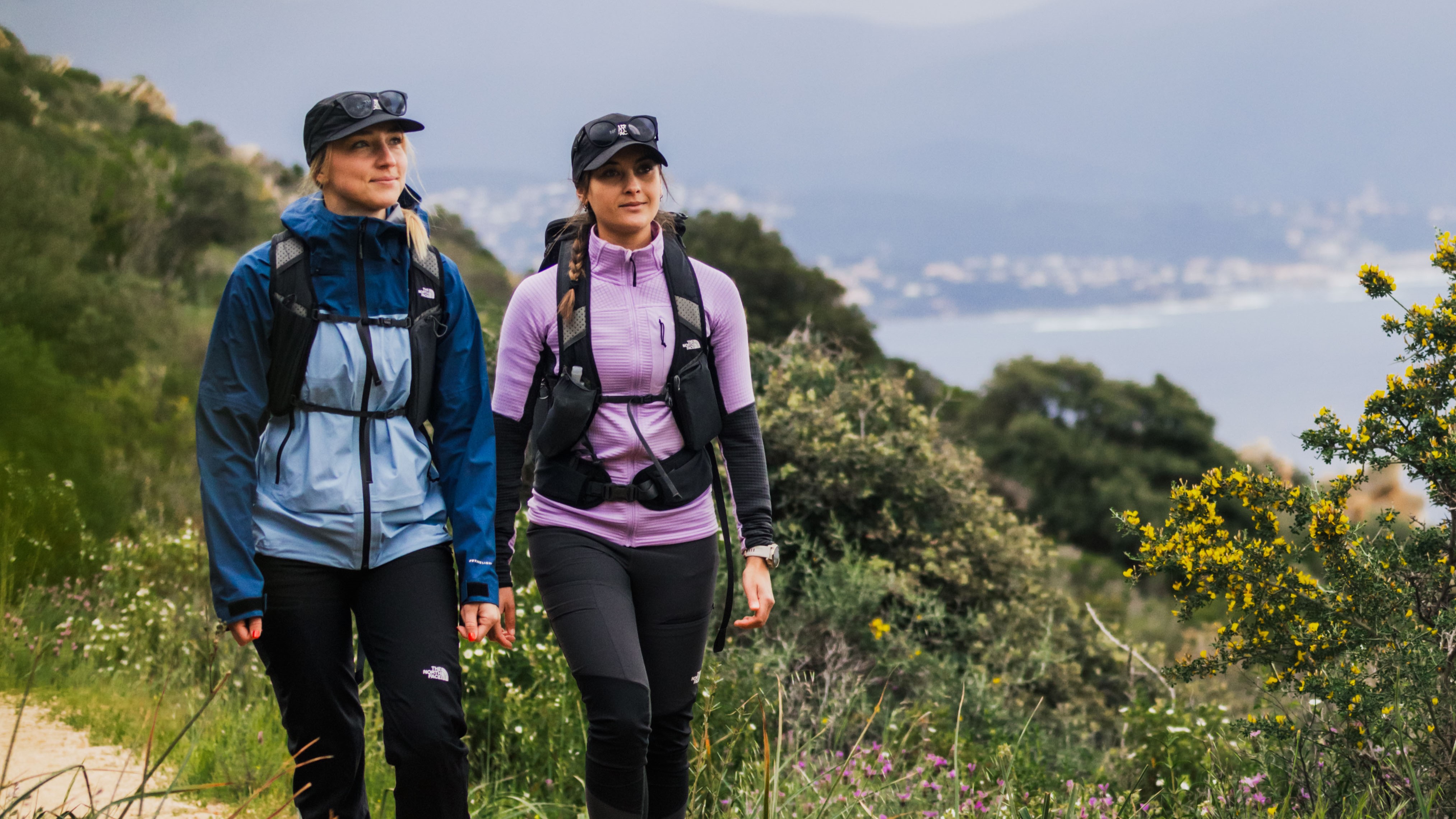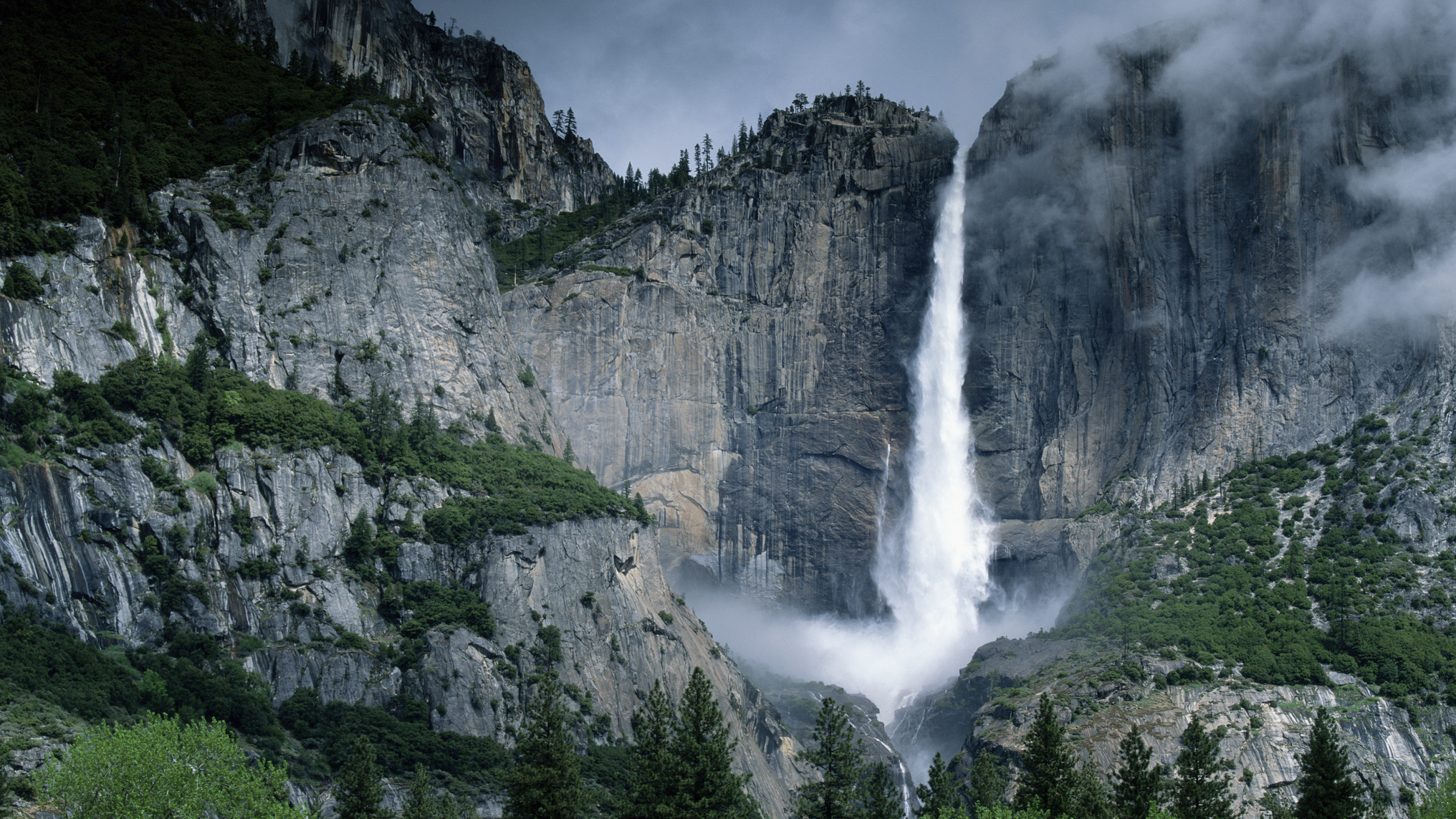Advnture Verdict
This rain shell is on the lighter side of jackets we've tested, and it holds off a shower while being soft, comfortable and very breathable, but we'd like better pit zips and a bigger hood for such a high price
Pros
- +
Lightweight
- +
Very breathable
- +
Adjustable hood, hem and cuffs
- +
Two zipped pockets plus inner mesh pockets
- +
Some recycled content
Cons
- -
Pricey
- -
Hood a bit small
- -
Pit zips very small
- -
Limited colors available
You can trust Advnture
Meet the reviewer

Julia Clarke is a staff writer for Advnture.com and the author of the book Restorative Yoga for Beginners. She loves to explore mountains on foot, bike, skis and belay and then recover on the the yoga mat. Julia graduated with a degree in journalism in 2004 and spent eight years working as a radio presenter in Kansas City, Vermont, Boston and New York City before discovering the joys of the Rocky Mountains. She then detoured west to Colorado and enjoyed 11 years teaching yoga in Vail before returning to her hometown of Glasgow, Scotland in 2020 to focus on family and writing.
The North Face Frontier Futurelight Jacket: first impressions
Lightweight, soft, comfortable rain shells are having a moment in the outdoors and in general, we're big fans, so long as they hold off the worst of the weather and you're not planning on doing any winter mountaineering in them. This waterproof jacket joins the lineup of light, packable shells we've tested that provide a lot of protection for those hiking in spring through fall or in milder climates without adding a lot of weight to your kit bag.
Rather than using Gore-Tex, The North Face has developed its own waterproof polyurethane membrane that is presented in a three-layer format here which is surprisingly light and works well to keep moisture out.
Better yet, we've found this jacket to be impressively breathable in warmer temperatures, which makes it ideal for high-intensity activities like hiking. That said, the pit zips are unusually small – only about two inches long – presumably to save weight, which renders them all but useless. However, the fabric is breathable enough that they're not really needed, which then makes you wonder why they're there at all?
• List price: $350 / £360
• Gender specification: Men's and women's sizing available
• Sizes: Men's S - XL, Women's XS - XXXL
• Weight (Women's S): 10.2 oz / 290 g
• Materials: Recycled Polyester Woven Ripstop with DWR, Nylon, Elastane
• Colors: Black, Steel Blue/Shady Blue, Gravel/Khaki Stone
• Best use: Hiking, backpacking
The fit of this jacket is a little on the loose side around the chest, though that does help with layering, and the cut is a little lower to cover your hips. The hood, cuffs and hem are all adjustable to help you cut out the wind, but we wish the hood was a little bigger and had a peak, as once the wind starts blowing there's nothing to protect your face.
Between the hand-warming pockets and inner mesh pockets, there's enough room to stash your stuff, and you can pack the jacket into one of the mesh pockets, though we're not convinced it's any better than rolling it up. The price tag is on the premium side, which might give you cause to pause and consider other options, but it's worth trying on if you want something really waterproof but light, and we're always happy to see some recycled materials in the mix.
The North Face Frontier Futurelight Jacket: in the field

I'm generally always open to testing waterproof jackets, because I live in Scotland, but sometimes that doesn't give me ample opportunity to examine their breathability, particularly during cold springs like the one we've just had.
Fortunately, I got to test this jacket on a trip to Corsica, where my first hike took place on a cooler, rainy day. Since then, I've been able to wear it around Scotland and the Lake District for several wet but mild hikes.
Here’s how it performed:
Sizing, fit and comfort
I usually wear a small, though I'm on the small end of small if that makes sense. Anyway, I tested a small and I'd say that the jacket is generally true to size, but the fit is a little baggy around my chest. That makes it easy to layer over a fleece jacket, but I do wonder if sizing down wouldn't be better.
It's a little longer than some lightweight jackets, meaning my hips are covered which I appreciated in the Lake District when I wanted to plop down on some wet grass and not get a wet bum.
This jacket is of the soft and stretchy variety so it's really comfortable on and I haven't experienced any annoying chafing anywhere. In fact, there's even a soft strip of fabric added to the back of the neck to cut down on rubbing.
Waterproofing and breathability
The two most important features for me in a waterproof jacket are its ability repel moisture and breathe well. This fabric does a nice job of fending off the rain, with the only real waterproofing "issue" stemming from the hood not offering quite as much coverage as I'd like. It was fine in Corsica, but when wind comes into play here in Scotland and I get a driving rain, I'd like a slightly bigger hood with some kind of peak to keep the wet out of my eyes.
However, where this jacket excels is in breathability. I was able to wear it for my entire ascent in Corsica even though it was quite mild, and it didn't even occur to me to unzip the pit vents. That turned out to be a good thing, because when I got home and examined the pit zips, I realized they're far too small to really do anything. I think it would be worth either making them much bigger, or trusting the fabric to do its thing and leaving them out altogether.

Weight and packability
This isn't the lightest waterproof jacket I've tested, but it's definitely close and that's a huge plus for me as I never hike without one in my backpack and it's really nice to keep things as light as possible.
As for packability, like many garments today it advertises that it fits into its own pocket, and like most such items I find that it technically does, but I'm not sure that's really the best way to pack it. I think it's easier to just roll it up, and then it's about the size of my 720 ml water bottle.
Pockets and sustainability
Two zipped hand-pockets plus two inner mesh pockets are more than enough to carry what I need to have to hand, which is basically my phone and gloves. If you like to carry a paper map, the inner pockets are big enough. As usual, it's difficult to reach the pockets if you're wearing the hip belt on your backpack, though I found that wearing my Trail Lite Speed 20-Litre Backpack from The North Face worked fine because the chest strap is enough. That said, a chest pocket wouldn't go amiss.
The main body of this jacket is made with 100 percent recycled polyester, which is a good nod for sustainability, though it would be nice to see a PFC-free DWR used too.
The North Face Frontier Futurelight Jacket: the bottom line
There's a lot to like about this waterproof jacket, namely, it's lightweight, comfortable and very breathable, making it excellent for mild and warm weather. Assuming you're not in need of a winter shell, this should provide good protection, but it's worth sizing it up against the Kathmandu Trailhead Stretch 2.5 Layer which is a similar jacket but a 2.5-layer and half the price.
Julia Clarke is a staff writer for Advnture.com and the author of the book Restorative Yoga for Beginners. She loves to explore mountains on foot, bike, skis and belay and then recover on the the yoga mat. Julia graduated with a degree in journalism in 2004 and spent eight years working as a radio presenter in Kansas City, Vermont, Boston and New York City before discovering the joys of the Rocky Mountains. She then detoured west to Colorado and enjoyed 11 years teaching yoga in Vail before returning to her hometown of Glasgow, Scotland in 2020 to focus on family and writing.


